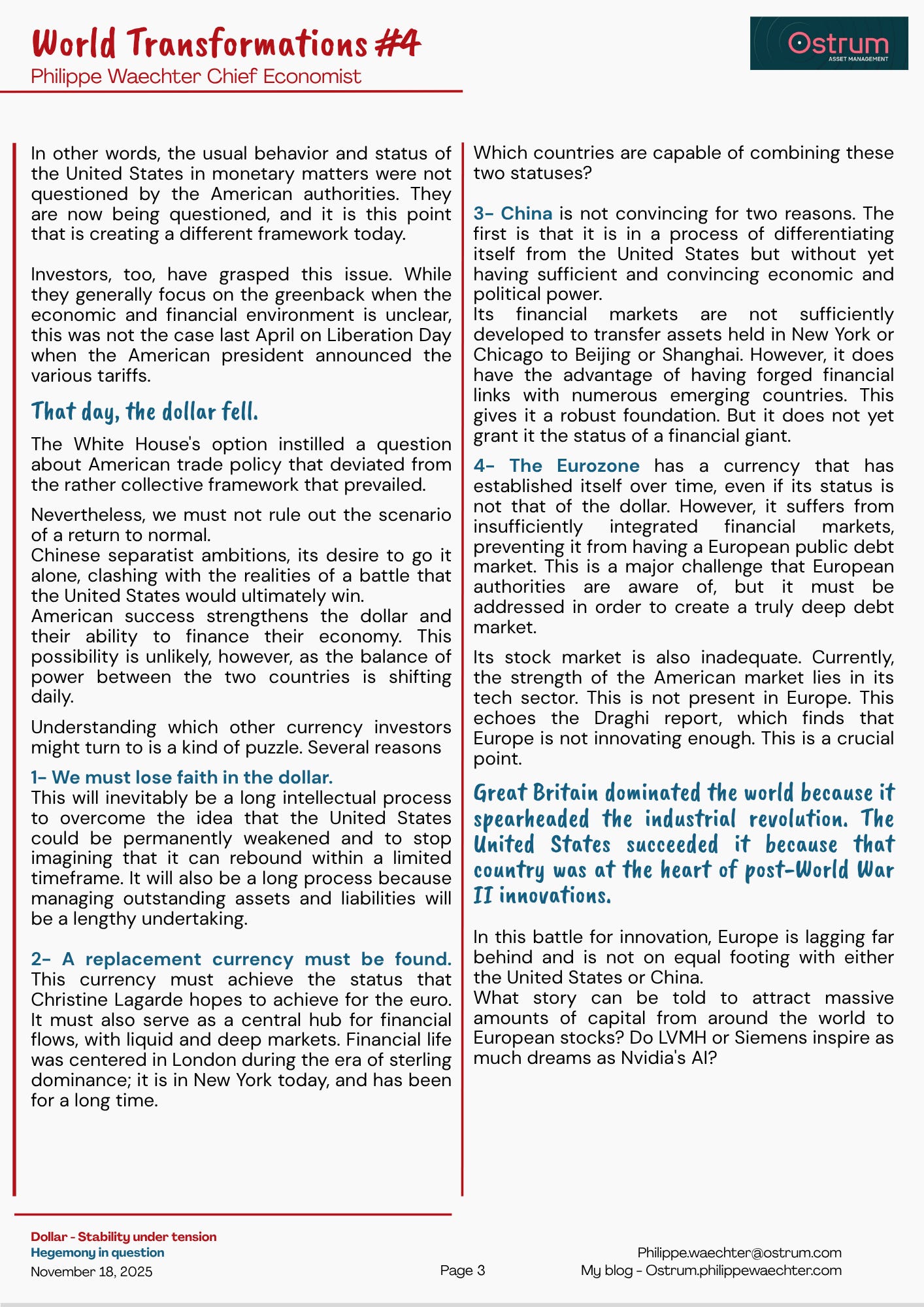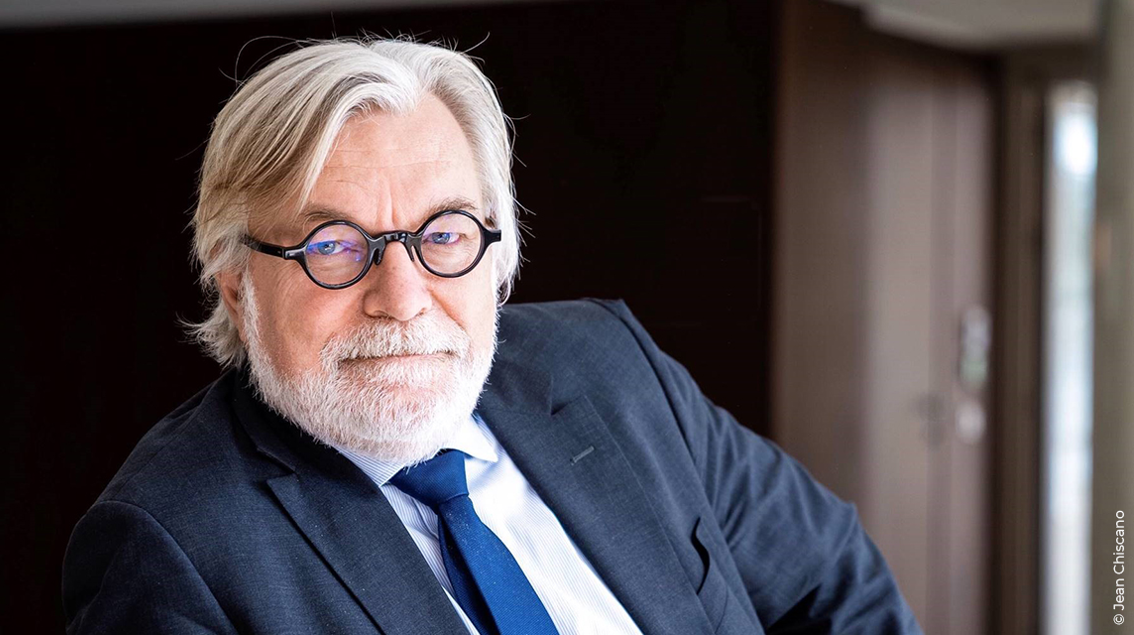The position and role of the dollar have long been a subject of debate.
After the Second World War, the Bretton Woods agreements enabled the establishment of a stable monetary system. This followed the long period of monetary instability that had prevailed in the interwar period.
However, very quickly, its dominant position and its consequences generated criticism. Jacques Rueff spoke of the “deficit without tears,” prompting General de Gaulle to speak of the exorbitant privilege of the dollar during a press conference on February 4, 1965.
Jacques Rueff implicitly drew a parallel with the game of marbles, where the winner lends the marbles he has just won to the child who systematically loses them. The game can continue for a long time, but it is not fair.
For the French economist, the United States, issuer of the greenback, could always issue currency while maintaining a deficit balance through the conquest of foreign markets by direct investments.
Today the question is posed differently, even if the problem raised by Jacques Rueff remains relevant. There are two dimensions. The first is the rapidly changing global macroeconomic framework. The rivalry between the United States and China is also monetary, as the Chinese have understood that economic and political autonomy without monetary autonomy is an illusion. The other aspect is Donald Trump’s position on the dollar. Should it be strong or weak? What will be the long-term status of the central bank? These are all elements that have been discussed since the presidential elections of November 2024, without, however, offering a clear answer.
Questions about the role and status of the dollar are almost constant features of the international monetary system. The arrival of the euro at the beginning of the 2000s and the recent emergence of the yuan have not yet challenged the preeminence of the greenback. Therefore, the question focuses on the factors that could shift investors’ choices toward another currency.
Globalization began as a financial phenomenon at the start of the Reagan presidency. The dollar and financial markets then became the structuring factors of global development. Since the Bretton Woods Agreements, the greenback has been an international public good, the asset to which investors worldwide turn in times of uncertainty.
Share Philippe Waechter’s Economic Posts
The dollar and US assets have thus acquired the status of risk-free assets. It is the asset of choice for investors when times are turbulent, and all eyes turn to the Federal Reserve when a solution is needed.
Because of this very particular status, all economic actors hold significant dollar portfolios, both as assets and liabilities.






